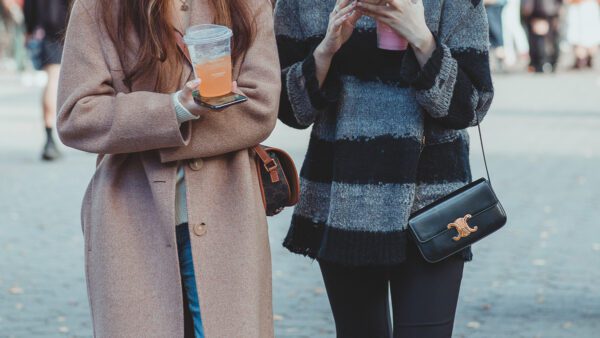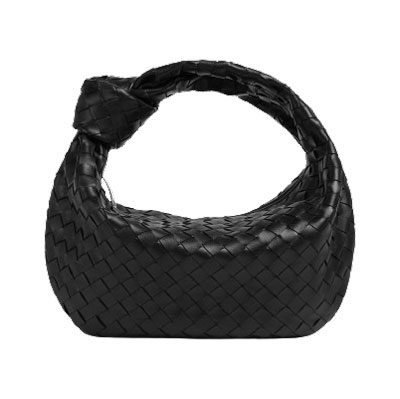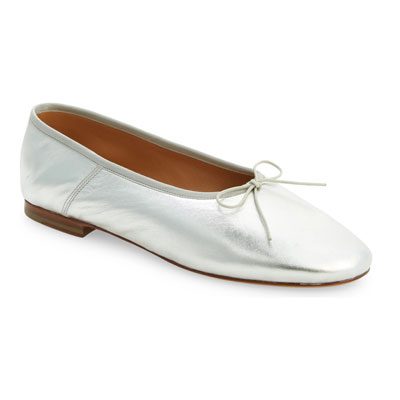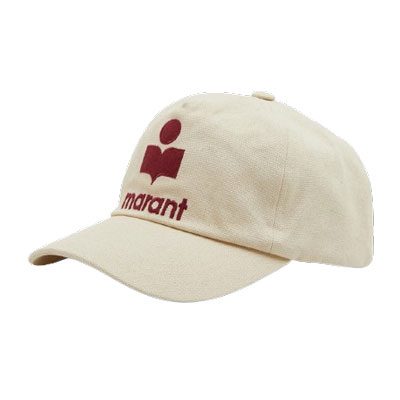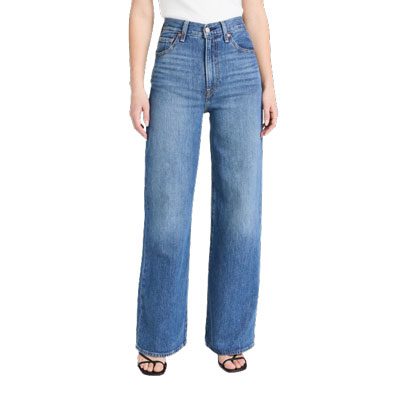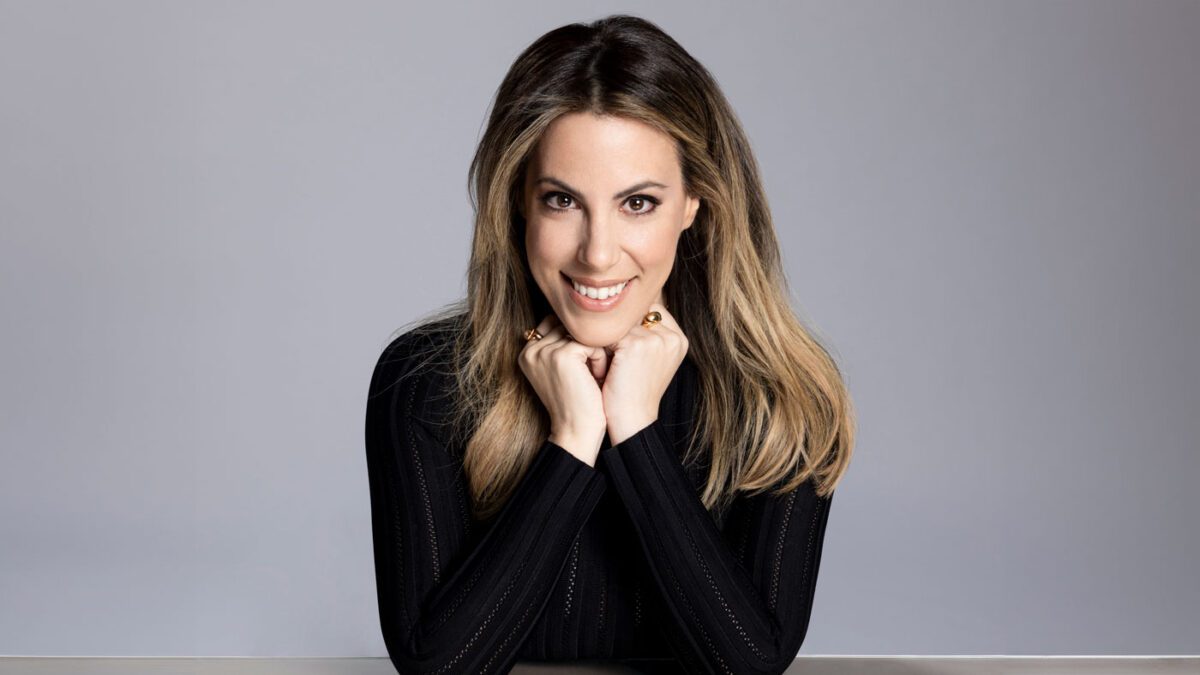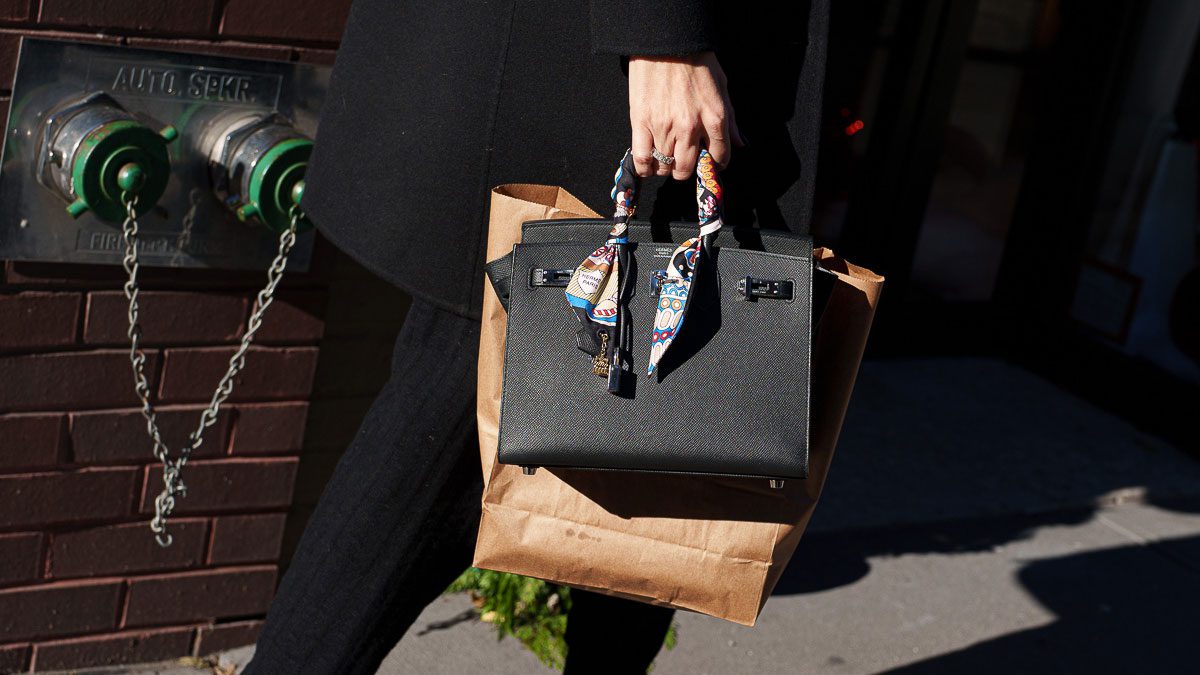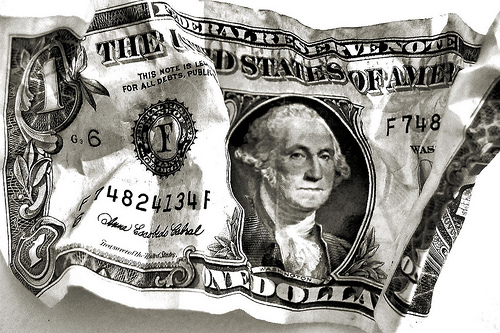
As the economy has cratered and more or less stayed that way, we have begun to hear more and more from designers (and their PR companies) about the new way we should be looking at fashion – as an investment in our futures. People have used the “investment” excuse to justify the money they spend on bags for years, but as conspicuous consumption of luxury good contracts at an even greater rate than across-the-board retail spending, brands and their mouthpieces have looked to the word as a possible way to pry the remaining dollars out of consumers’ wallets. Lesley Blume of Slate‘s finance blog The Big Money has the breakdown on exactly why the fashion-as-investment logic just doesn’t hold.
According to Blume, the old marketing tactics for luxury goods just aren’t working out in this economic climate. You probably remember them well – “Everyone deserves to indulge a little bit,” “There’s nothing wrong with wanting some luxury in your life,” et cetera. Well, now that unemployment is approaching double digits and luxury might mean something completely different to some of the consumers that they were trying to target in years past, luxury firms have changed their language a bit. Instead of a splurge, it’s an investment. Instead of luxury, it’s quality.
But the entire thing seems a bit disingenuous when you think about what an investment is supposed to mean – it’s a store of value expected to at least hold or increase its worth over time. There’s always the chance that an investment may depreciate, but generally, that’s not the expectation. What Blume points out that should be obvious, though, is that the vast and overwhelming majority of fashion items are going to depreciate like a new car just driven off the lot.
The problem with most fashion items, particularly bags, is that they’re mass produced. The brand may not want you to think about them like that, but they are, and they appear in the exact same iteration in stores all over the country, and probably will for several seasons. When they’ve run their course, many look dated because people have moved on to the new styles that are now in stores. Bags don’t hold their value or appreciate because they’re widely available at a set price in a store near you; wait a bit, and they’ll probably go on sale. When a consumer can just as easily buy the same thing, brand new, at an expected price level without a problem, then there’s no way that they’re going to pay extra (or even the same amount) for a used bag. Even if you look at the word ‘investment’ as meaning something that you can use for a long time (which is not what it means, not even close), there are only a handful of handbags you could buy that will be at all relevant in a year or two. Something new always comes out that we want and the old things get put back in the closet. We all know that.
And then there’s the curious case of the Hermes Birkin, which is widely cited as a wise “investment” by fashion people. The Birkin differs a bit from the average designer handbag because they’re much less widely available and most people that want them have an ideal iteration that they’d like to find one day. As a result, they escape the quick loss in value that most handbags experience when they leave the store. In that way, the people that claim it’s an investment aren’t THAT wrong, but Blume does a bit of math to illustrate that even the Birkin isn’t a great option, despite the fact that it may be the best one in the handbag universe. Most people in the Birkin price range aren’t going to take to eBay to sell their own bags because of the financial risk associated with high-dollar transactions on an Internet auction site; instead, they go through resellers. As a result, even if the bag sells for above retail, the money that the owner gets back will likely be less than what they paid after the reseller takes their commission. Compared to what the stock market did in November 2008, the depreciation might seem minimal (Blume calculated it at about 20%), but it’s still not a wise investment if depreciation can be reasonably predicted.
I’ve resold a number of bags in my time, mostly Balenciaga, and they’re another brand that holds their value better than average because they’re a bit harder to find, have a heavily devoted following, and their colors change every season. Still, none of them sold for their retail price, even those that I sold during the It-Bag heydey a few years ago. So Blume’s article more or less corroborated my own personal experiences – bags are not a solid investment by any reasonable definition of the word, although some bags lose less value than others, and you may even get lucky and buy a rare color that collectors will pay a premium for in a few years.
In the end, though, the odds are against it. My advice for those that are looking to buy handbags in this economy is simply to buy something that you love and that you think you’re likely to use often. If you have the discretionary income in your budget for luxury goods, then by all means, spend it. But don’t spend it on what a brand is telling you to “invest” in – just buy what you love.





